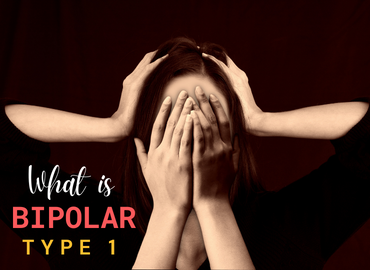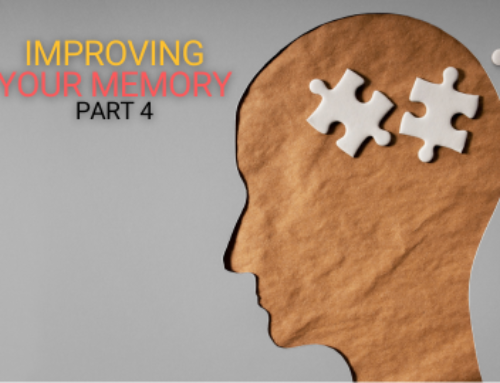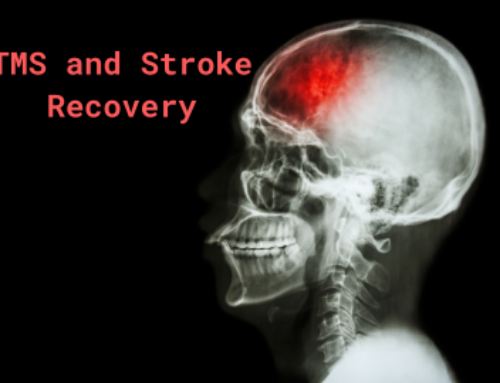What is Bipolar Type 1?
We talked about general bipolar disorder (formerly known as manic depression) in a recent post, but we need to narrow down the types of bipolar disorder and describe each of them. There are 4 kinds of bipolar disorder. Some sources say there are 3 kinds, but research is progressing, and we want to be as specific as we can to cover our bases.
Today, we’d like to talk more about bipolar disorder, which we’ll call BD. In general, BD is characterized by unpredictable periods of mania and depressive periods, or highs and lows. Each type of BD is different. BD type 1 is the most common. Type 1 is characterized by periods of mania that can last for weeks and sometimes requires hospitalization. There can be lows, but they are usually not severe and don’t last long. The symptoms of Type 1 mania include:
− Excessive energy, sometimes to the point of being uncontrollable
− Racing thoughts and difficulty focusing
− Insomnia
− Poor impulse control, which can lead to risky behavior
− Delusions and sometimes even hallucinations
− Irritability and anger
We always recommend therapy for patients with BD of any kind. Medication can be a good choice too, but always start by seeing your GP. At this time, we can’t offer TMS (transcranial magnetic stimulation) for BD, but we have high hopes and regularly offer psychiatric services to patients with BD. A question we often get from our BD patients is, what can I do on my own? We’ve got some answers.
People often say we can control our emotions, but that’s a nuanced thing. We might not be able to control whether or not emotions and urges happen, but we can decide what to do with it. Emotions and urges are information. Try comparing decisions you want to make while manic with ones you’d make while feeling more stable. It’s a great idea to keep a journal. Track your feelings, your urges, your decisions, and the effects of those decisions. You can show your therapist and/or doctor your records or keep them to yourself. Identify the patterns and where the sharp changes occur. If you’re normally a careful person and feel like doing risky things, take notice. If you’re normally a calm person, take note of when you get angry and why. Be open with people you trust. Thousands of people know how you feel and are on this same journey of achieving a better quality of life.





